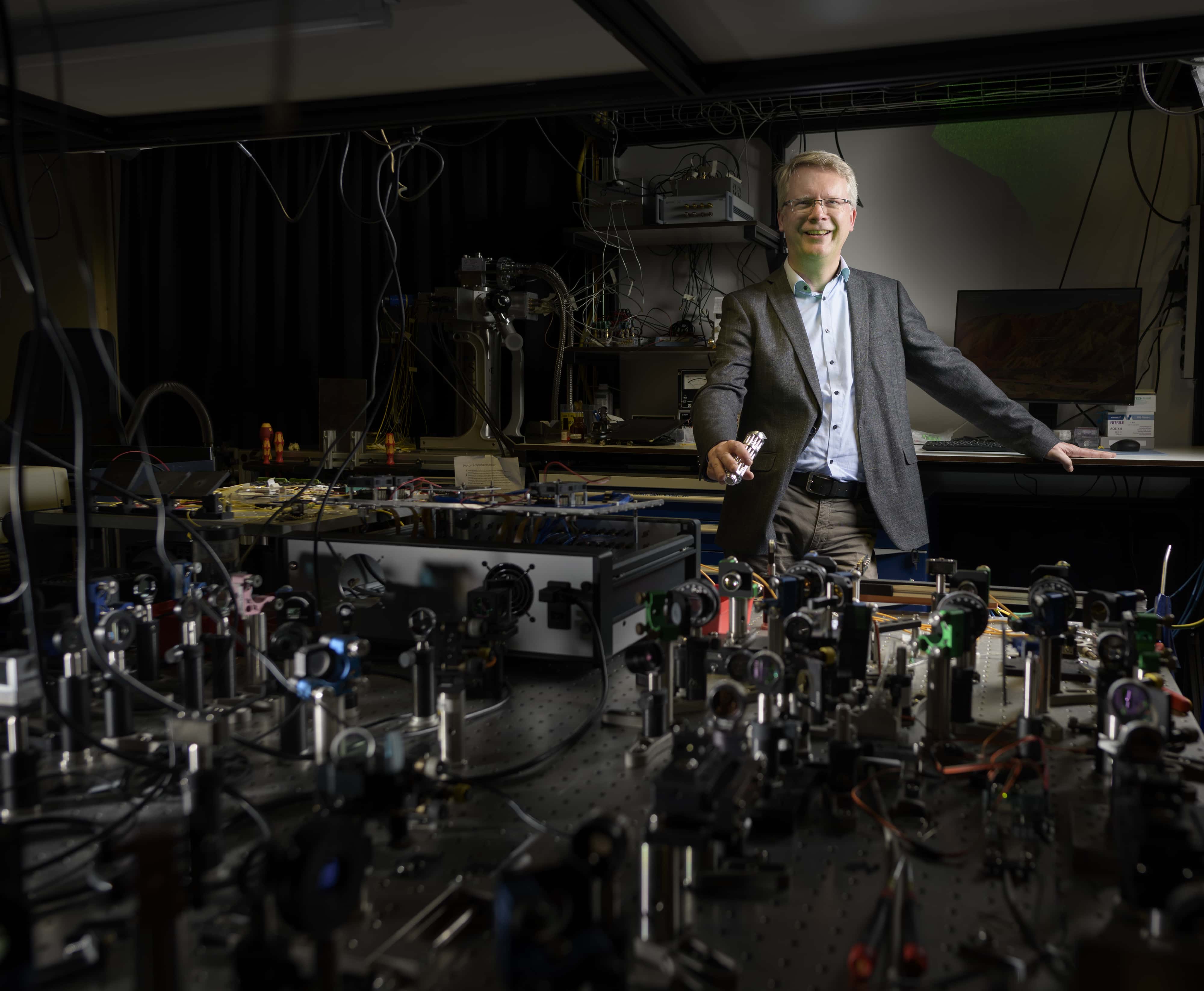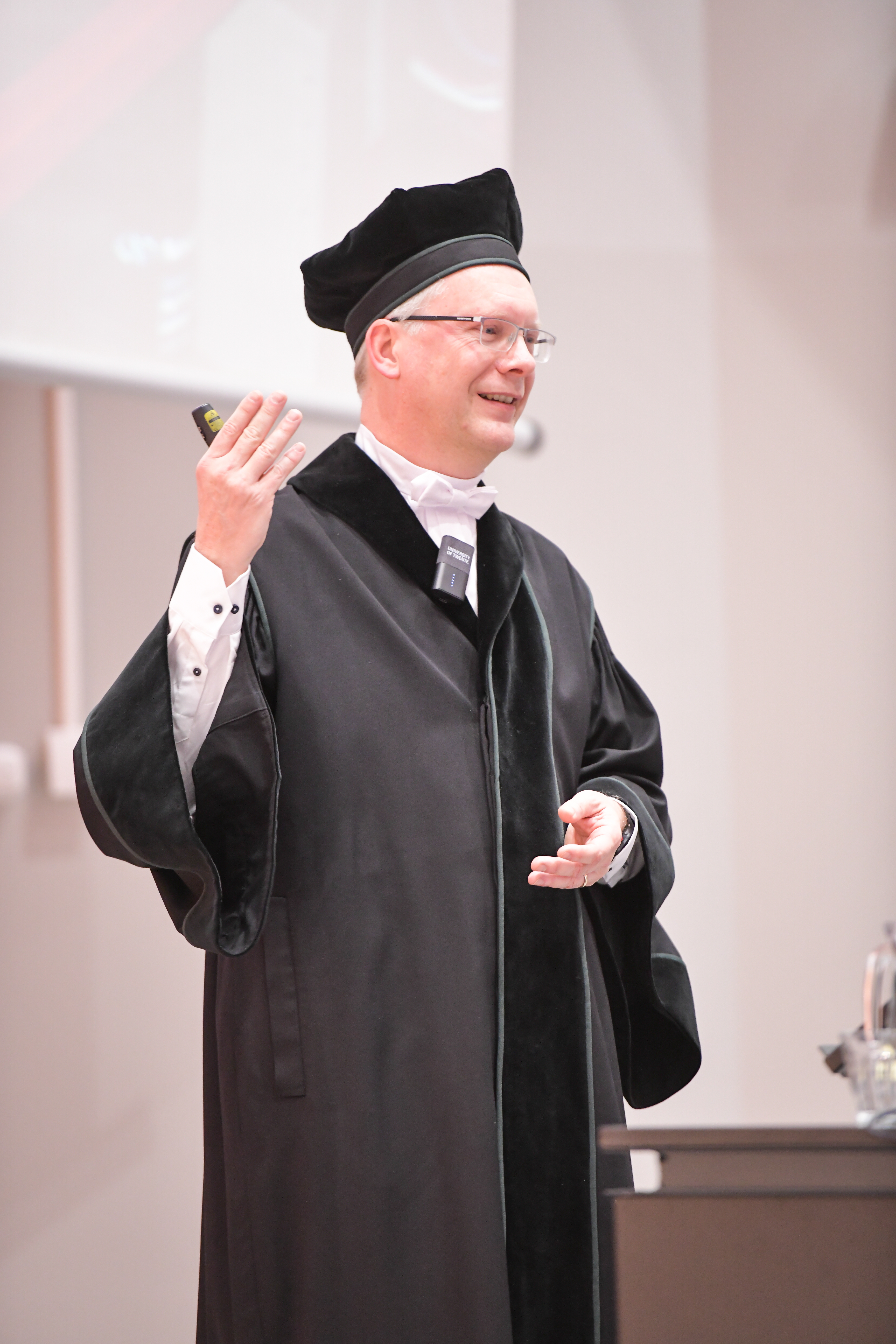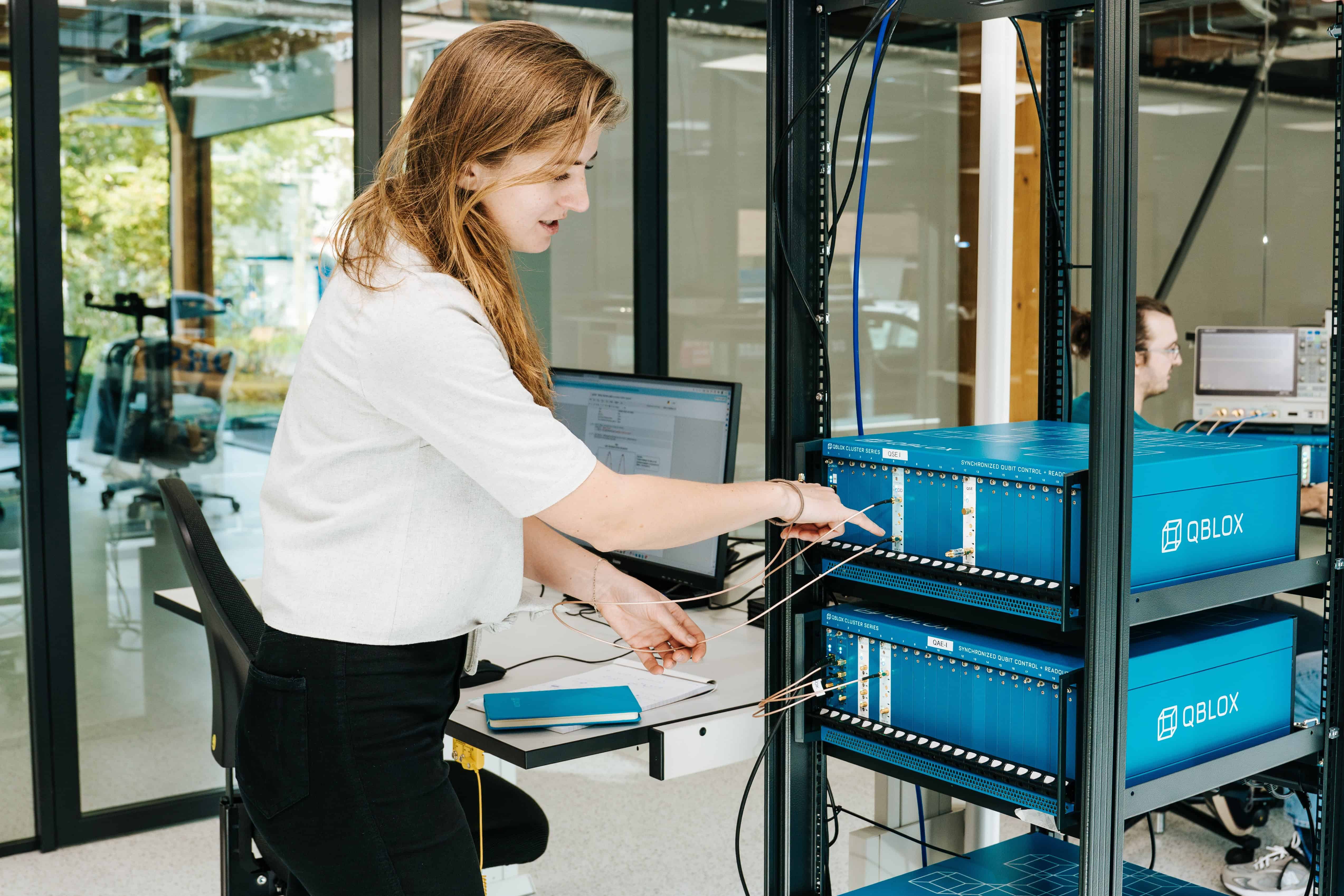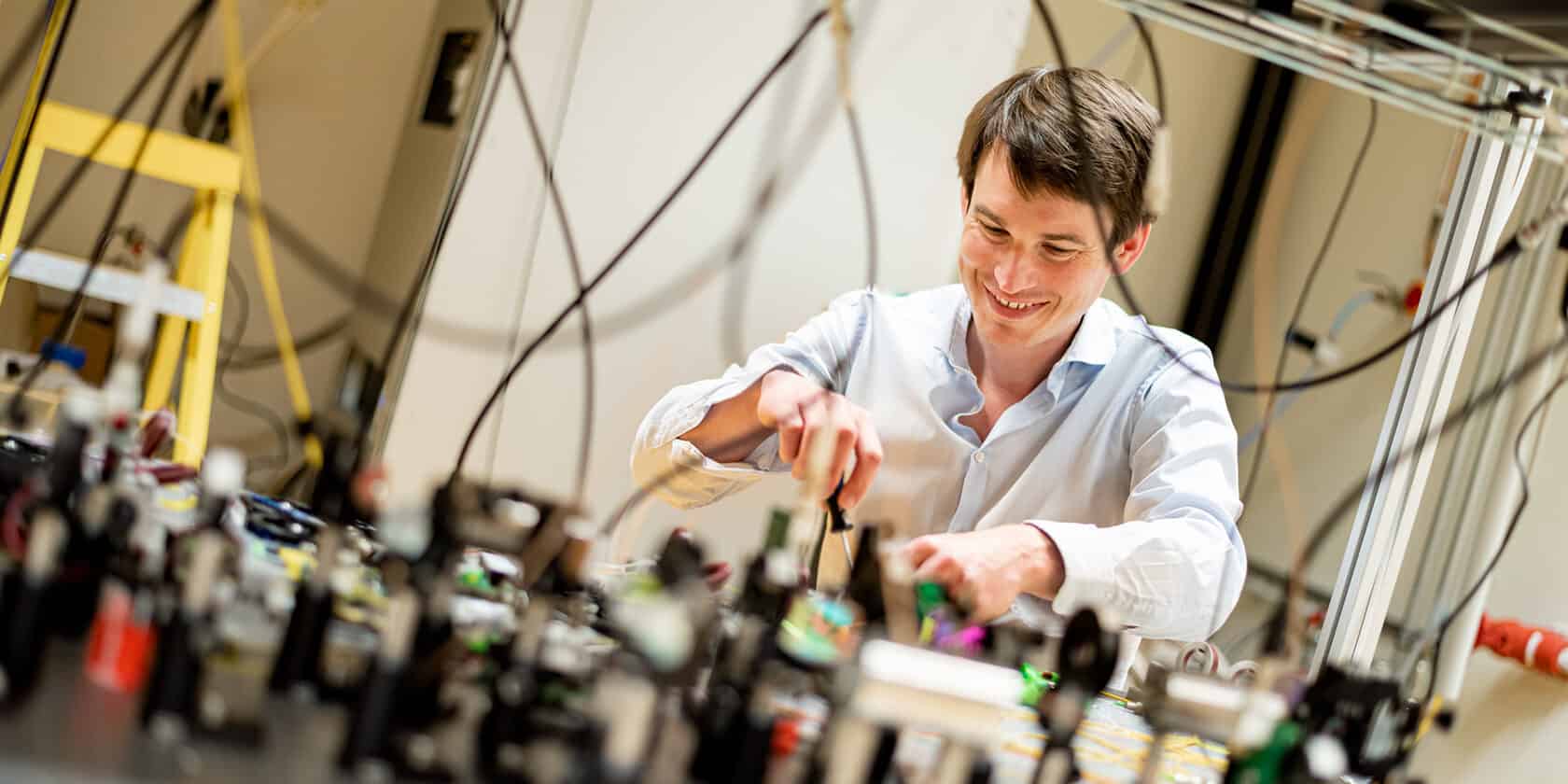
His inaugural lecture took place early last month; in practice, Pepijn Pinkse has been working as a professor of quantum technology at the University of Twente (UT) for several years. His lecture focused on creating awareness around quantum security and the threat posed by quantum technology. “The best time to get quantum security right was yesterday,” he said.
Why I should read this article:
Quantum security is crucial to the future of privacy and data security. Professor Pepijn Pinkse, a pioneer at the University of Twente, is developing groundbreaking methods to secure data in an unbreakable way. Twente leads the world when it comes to quantum technology.
Light waves, speckles, and a key
“See this laser beam? It’s a neat bundle of light waves falling in line.” Pinkse holds an A4 sheet in front of the camera on which he shines a laser pointer. “If I put a piece of tape on the laser, you can see that a complex pattern of speckles forms in the light. As soon as you add five photons to that pattern, they distribute themselves among the speckles. We use the combination of quantum light – light with a small number of photons and a complex pattern – to read out a key.”
Or, in other words, Pinkse has developed a key that cannot be copied, even when someone has all the information. The key is verified by shining a light pulse on it with fewer photons (light particles) than there are “spatial degrees of freedom” (speckles). The professor’s contribution was instrumental in inventing this Quantum-Secure Authentication method, which was largely developed in Twente.
Bits and Qubits
Developing authentication methods is so important because the advent of quantum computers poses risks to data security. Once quantum computers are powerful and reliable enough, most current cryptographic security methods of the Internet and data files will be vulnerable overnight.
Quantum computers operate on a different principle than classical computers. The main difference is the fundamental unit of information, or ‘bit’. The conventional digital bit knows no more than two states – 0 or 1 – and thus performs calculations incrementally. The information unit of a quantum computer ‘qubit’ can be in both states simultaneously. This condition is referred to as ‘superposition’. “Because of this parallel mode of operation, the computation time on a quantum computer grows much less rapidly with the size of the problem, and in the future, they can solve complex tasks that are too difficult for classical computers,” Pinkse explains.
Pepijn Pinkse
Pinkse studied physics at Leiden University and received his doctorate from the University of Amsterdam. He spent ten years at the renowned Max-Planck Institute for Quantum Optics. In 2009, he transferred to UT, where he did pioneering work on quantum secure authentication. He received a Vici grant, the Dutch Research Council’s (NWO) highest personal grant, for his research in 2013. Since 2019, Pinkse has been a professor of Adaptive Quantum Optics. He is also the director of the center for Quantum NanoTechnology Twente (QUANT) and co-founder of spin-off Quix-Qantum.

Q-day: D-day for today’s security systems
“Most of our current cryptography, think of Internet banking, for example, is based on the fact that you can easily multiply two large prime numbers together,” Pinkse explains. “Making the sum the other way around is difficult.”
A calculation example
Prime numbers are divisible only by 1 and themselves, such as 7, 11, or 61; numbers like 6 and 15 are not. Consider the following calculation: 71 x 61 = 4331. Determining which multiplication 4331 is the result is much more difficult because you have to try numerous options.
Pinkse: “The Shor algorithm can make that reverse computation efficiently, although it needs a large and good universal quantum computer to do so. As a result, much of our encrypted data is no longer secure.”
This is not yet the case, as quantum computers currently have a small number of memory elements (qubits) and are noisy. The professor expects that it will be about ten years before “Q-day” – the day when current cryptographic security systems succumb to the pressure of quantum computers – happens. But that doesn’t mean we shouldn’t take action now, Pinkse warns. “If in ten years there is a working universal quantum computer that can decipher eavesdropped messages from today, we need to start protecting against it now with encryption techniques that cannot be broken even then.”
Quantum technology 1.0 and 2.0
Quantum technology has long been used in semiconductors, lasers, and MRI scanners. Even smartphones and the Internet would not exist without this technology. However, these applications do not (yet) use quantum information based on specific properties of quantum particles, such as entanglement. Applications Pinkse talks about in this article – aka “Quantum Technology 2.0” – do.
Twente: frontrunner in quantum technology
Besides the risks involved in this elusive technology, the potential is huge. Pinske: “Quantum computers can help us understand chemical reactions much better and be able to make smarter batteries and more effective medicines. Quantum is a key technology for the energy transition and health care.”
The first universal prototype of a quantum computer might come out of Twente. At UT spin-off Quix Quantum, of which Pinkse is a co-founder – they are developing a universal quantum computer. The company hopes to have the prototype ready in three years; the computer has already been sold to the German center for aerospace. Twente’s quantum computer runs on light and is leading the way in Europe. Pinkse: “The American competitor PsiQuantum has raised hundreds of millions in investments but has not sold anything yet.”
Whereas commerce was often a “dirty” word in the early years of his career, at UT, it is anything but such. “At many institutes and universities, commerce is an afterthought that distracts from the science itself. Here, the emphasis is very much on the contribution you can make to society through your research. That makes my work incredibly fun.”








